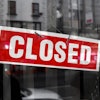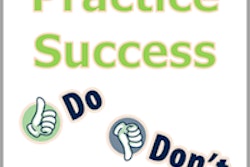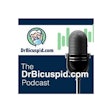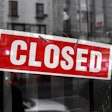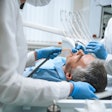Patients suspected of being infected with the H1N1 strain of influenza don't need to be treated in negative pressure rooms, and dental professionals can use substitutes for N95 respirators, the Centers for Disease Control and Prevention (CDC) said in new guidelines issued November 24 for dental offices.
The new guidelines vary little from what the agency previously recommended, but they provide more practical detail about treating suspected H1N1 patients with urgent oral health needs.
Most important, the guidelines clarify that "urgent dental treatment can be performed without the use of an airborne infection isolation (AII) room because transmission of 2009 H1N1 influenza is thought not to occur over longer distances through the air, such as from one patient room to another."
An AII room uses negative pressure to keep the air from flowing out into the rest of the building. Previously, the CDC in its general guidelines for healthcare personnel recommended that all healthcare personnel "conduct the procedures in an airborne infection isolation room when feasible."
Patients suspected of H1N1 infections should be treated in rooms with closed doors, if possible, however. If that's not available, they should be treated in the most remote room in the office.
The guidelines still call for dental care workers to wear NIOSH fit-tested, disposable N95 respirators when entering the rooms of patients suspected of having H1N1, but these respirators are in short supply. If you can't get one, you can substitute a non-fit-tested N95 or a surgical mask. The use of masks should be prioritized so that the people at greatest risk of infection have the greatest degree of protection, the agency said.
Among the CDC's other recommendations:
- Dental care workers should get both seasonal and 2009 H1N1 vaccinations
- When reminding patients of their appointments, ask them if they have flu symptoms. Reschedule any who do.
- Dental workers should stay home if they have flu symptoms until at least 24 hours after they are free of fever.
- Workers with family members diagnosed with H1N1 can come to work, but should carefully monitor themselves for symptoms.
More information is available from the Organization for Safety and Asepsis Procedures.



